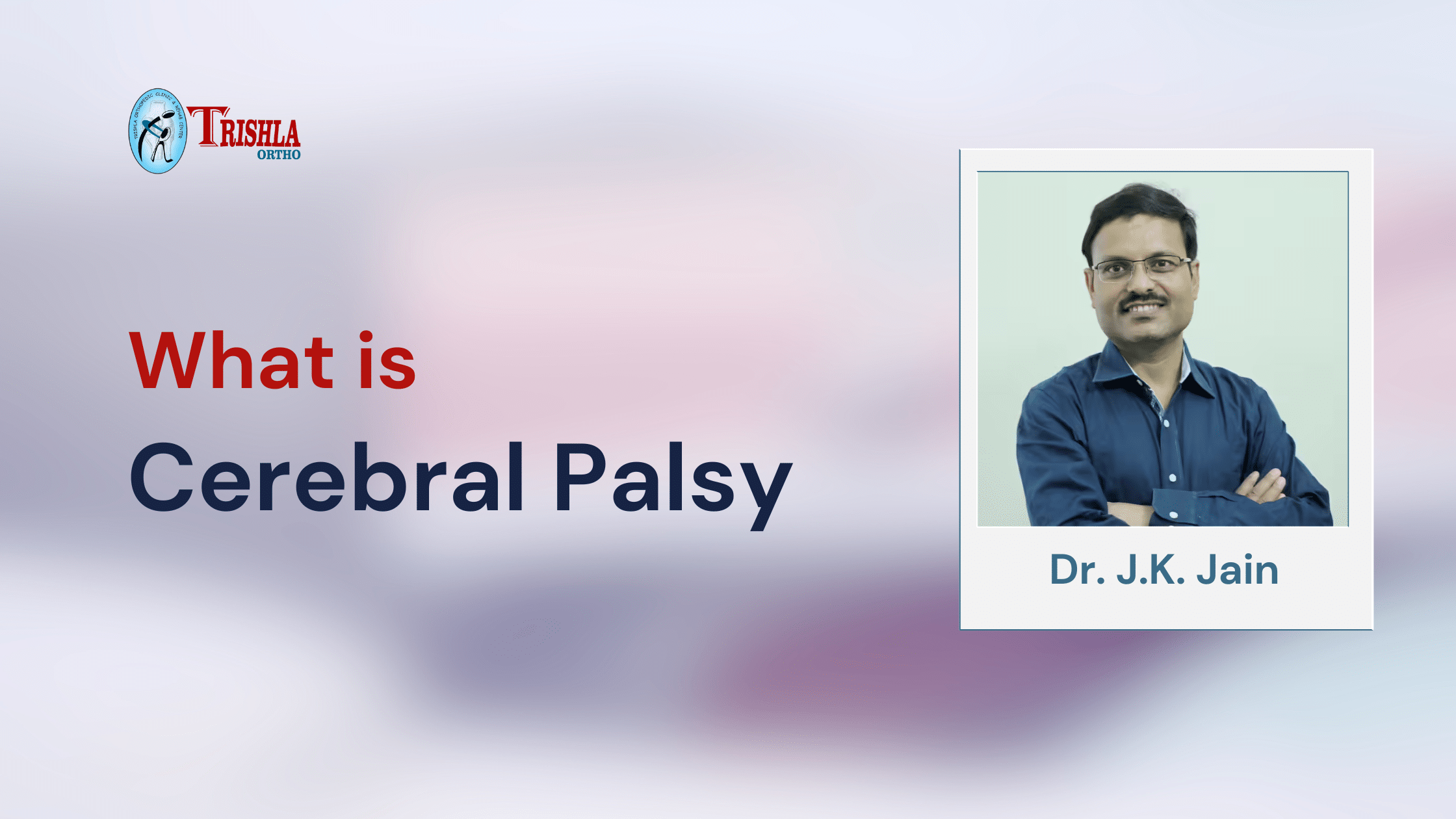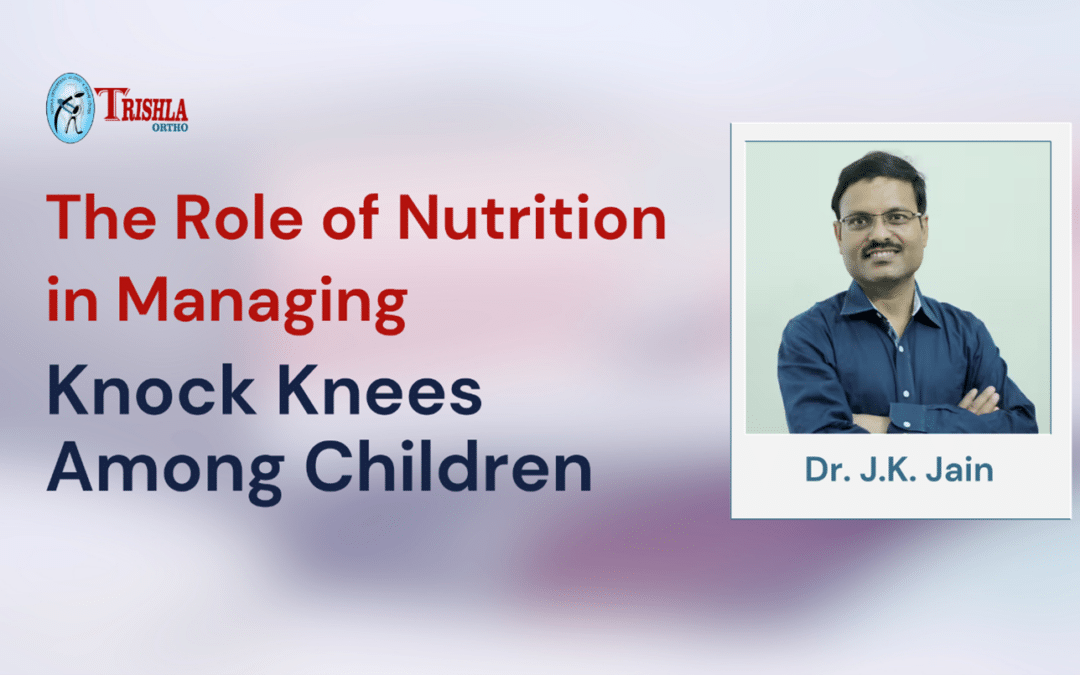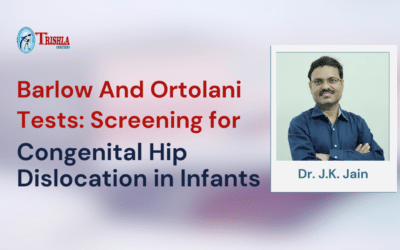Whenever a child is diagnosed as having cerebral palsy, the idea which comes to our mind is that he is suffering from permanent brain damage and will be permanently disabled for life. Until now, it was believed that in the absence of effective treatment, these children can not do their daily activities on their own for their whole life and they have to be dependent on others it was also thought that their life expectancy would be short. Most of the time parents wander from pillar to post in the hope of the best advice and treatment and clinicians are always in dilemma regarding unpredictable outcomes. But the truth is far away from this belief.
These children can survive up-to the age of normal person with good quality of life if they are given good treatment by a multimodal approach. It is also seen that quality of life & life expectancy depends more on ambulatory capability & other associated problems: so if child can be made ambulatory & their associated medical problems tackled in timely, their life expectancy can be improved a lot. Recently, due to new concept of SEMLS & OSSCS, most of our children with cerebral palsy can be given good quality of ambulatory life with little assistive devices so that they can be better mingled in society and their capabilities are utilized in a much better way.
Disability – Apart from physical disability child can have lot of other medical problems like, Convulsive disorders, Feeding problems, Mental retardation, Constipation, Visual defects, Dental defects, Hearing defects, Sensory defects, Sleeping disorders, Speech impairment, Poor immunity, Growth retardation, Obesity, Behavior problems, Malnourishment, Perceptual problems etc.
Life expectancy & Prognosis – Survival of children in cerebral palsy is lesser than normal population due to associated disabilities; not because of cerebral palsy itself. It has also been seen that child with ambulatory capability with or without any walking aids has more survival and better quality of life than a child in wheel chair.
Severely affected quadriplegic children if not managed at an early age, are not going to survive more than 30 years, on the other hand, partially affected Tri & Di Plegic children can survive up to the life expectancy of the normal population. Now with advancements in treatment modality, the life span of quadriplegic children can also be prolonged. These persons can have jobs, live independently, marry have children & retire, and can be active, productive members of their communities. Approximately 85% of partially involved children have the potential to become independent ambulators.
Scenario in Developing Countries – despite the increase in life expectancy of children with cerebral palsy in developed countries, children with cerebral palsy in developing countries still have poor prognoses because of ignorance and lesser facilities of advanced modality of treatment & absence of standard treatment guidelines. As a result, the families are confused as to what is best for their child & the child is afraid of going anywhere, and ultimately child remains disabled for their whole life.
Reference link –
https://medlineplus.gov/cerebralpalsy.html
https://cparf.org/what-is-cerebral-palsy/
https://www.betterhealth.vic.gov.au/health/conditionsandtreatments/cerebral-palsy











